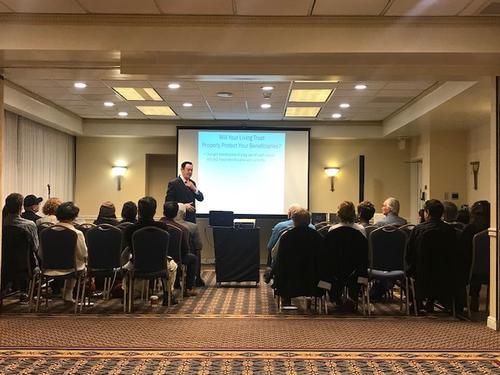The catch-up contribution limit for SIMPLE plans increases to $3,500 from $3,000 for workers aged 50 and older in 2023.
Phase-Out Ranges
Your annual income level also affects how much you can contribute to certain types of investment accounts. The IRS, which outlines these “phase-out” ranges, announced several changes to the phase-out ranges for traditional and Roth IRAs.
In 2023, if a taxpayer or their spouse has a workplace retirement plan, an IRA contribution can be reduced until it reaches $0. Again, applicability depends on income.
Traditional IRA 2023 Phase-Out Ranges
- For married taxpayers filing jointly if the contributing spouse has a workplace retirement plan: Between $116,000 and $136,000 (up from $109,000 to $129,000).
- For single taxpayers with a workplace retirement plan: $73,000 to $83,000; this is an increase from $68,000 to $78,000.
- For someone with an IRA not through their workplace and who is married to someone covered by a workplace retirement plan: $218,000 to $228,000, an increase from the 2022 range of $204,000 to $214,000.
- For a married individual filing separately, who is covered by a workplace retirement plan: The yearly cost-of-living adjustment for phase-out ranges does not apply. The phase-out range remains $0 to $10,000.
Roth IRA Phase-Out Ranges for 2023
- For married taxpayers filing jointly: $218,000 to $228,000, which is an increase from the 2022 range of $204,000 to $214,000.
- For single taxpayers: $138,000 to $153,000; this is up from $129,000 to $140,000 in 2022.
- For married persons filing separately: The yearly cost-of-living adjustment for phase-out ranges does not apply to a married person filing separately. The phase-out range remains between $0 and $10,000.
The IRS also announced changes to the qualifying income limit for the Saver’s Credit. The following are the new income limits that will apply starting in 2023:
- Married couples filing jointly can earn up to $73,000, an increase from $68,000.
- Heads of household can earn up to $54,750, up from $51,000.
- Singles and married people filing separately can earn up to $36,500, an increase from $34,000.
Further Government Efforts to Increase Retirement Savings
More retirement protections in response to inflation may be coming. In March 2022, the House of Representatives passed the SECURE Act 2.0. If Congress passes this bill, workers 50 and up will have more opportunities to increase their retirement savings.
ANOTHER ANNOUNCED IRS CHANGE: The Amount Your Estate You Can Pass Estate Tax-Free
This amount, per individual, which was $12.06 million in 2022, has now been raised in 2023 to $12.92 million. A married couple may pass twice this amount ($25.84 million), tax-free.
Whether you have an estate plan drawn by us or not, you may want to attend one of our FREE seminars and then schedule an appointment for a free estate plan review, including a discussion about any appropriate Estate Tax planning (before this exemption amount is due to expire in 2026!).

 In October 2022, the Internal Revenue Service (IRS) announced contribution limitation adjustments for employee retirement plans in response to inflation.
In October 2022, the Internal Revenue Service (IRS) announced contribution limitation adjustments for employee retirement plans in response to inflation.


